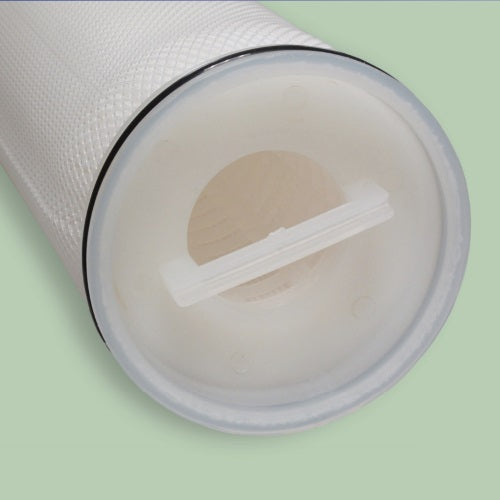Having the right type of water filtration system in your home is essential to keeping your water clean, fresh, and drinkable. One of the main problems that newcomers to DIY filtration face is choosing the right type of filter cartridge. There seems to be an endless number of factors to take into account: the size of the filter, its micron rating, the material it is made out of, and what substances it actually filters from your water. This week’s blog post compares two extremely common types of sediment filters: pleated filters vs wound filter cartridge. After reading, you should have a better idea of what type of sediment filter is right for your water filtration system. Let’s get to it!
The Basics
Sediment filters, as the name suggests, are used to remove excess sediment from water that passes through them. These filters do not remove any chemicals or heavy metals dissolved in the water and do not affect the taste or smell of the water, so make sure you have a sediment problem before choosing to use one of these filters.
When deciding on what rating to go with, there are two factors to keep in mind for sediment filters: the micron number and whether the filter is nominal or absolute. The micron number shows the smallest sediment particle the filter can trap. 1-micron filters can catch the smallest of particles, while 20- or 50-micron filters only catch the largest sediment particles. Nominal filters catch about 85% of particles that are the size of their micron rating or larger, while absolute filters catch 99.9% of those particles. The rating you choose to use is up to personal preference; it all depends on what kind of particles are present in the water. Filters that are excessively tight can lower water pressure, so its best to experiment a little to see which type is right for you.
Pleated Cartridges
Pleated filters, also called surface filters, are thin filters that catch sediment particles on their surface. These filters are made with a wide surface area that can hold a large amount of sediment particles. Pleated filters are typically used until their outer surface is completely covered in particles and then disposed of, but some high-end pleated filters can be reused. These filters work best when dealing with uniform-size particles. If all the particles are roughly 5 microns in size, an absolute, 5-micron pleated filter will work effectively and last a long time due to its wide surface area. If the particles vary in size, smaller particles will slip through the filter and larger particles will quickly eat up surface area.
String-Wound and String-Spun Cartridges

String-wound and string spun-filters are another effective way of removing sediment particles from your water. These filters are also called depth filters because they use 2 layers of filtration to keep out unwanted particles. The first layer catches any particles that are the same size or larger than the micron rating, while the inner layer catches smaller particles that slip through the initial filtration. This enhanced filtration comes at the cost of surface area, meaning that depth filters usually need to be cleaned/changed quicker than pleated filters. We find that there isn’t much difference between the string-wound and string-spun cartridges, so you are safe going with either kind.
Hopefully this article has given you a better understanding of common sediment filter types. It’s difficult to know exactly what type of filter you need without experimentation, so don’t worry if you don’t choose the right filter the first time. As always, make sure to visit our store for the best deals on pleated and string-wound filters!

